Curiosities, did you know that octopuses taste things by touching them
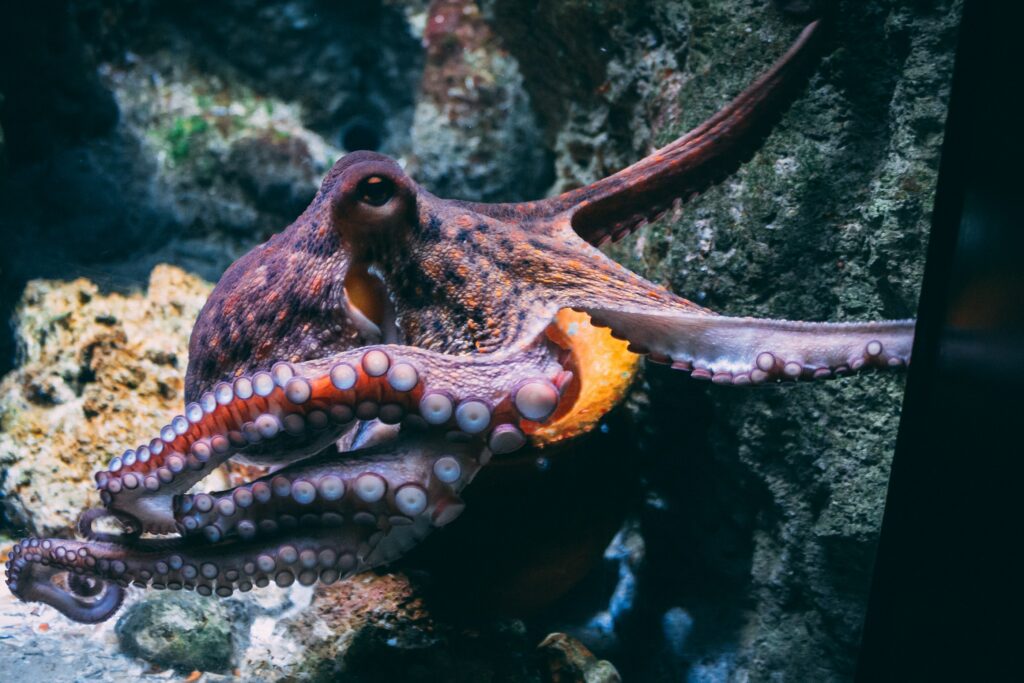
Octopus arms have minds of their own, each of these eight flexible but powerful limbs can scan the seafloor for prey, snatching crabs from hiding places without direction from the octopus brain, but how each arm can tell what it is grabbing remains a mystery.
Now, researchers have identified specialized cells not seen in other animals that allow octopuses to “taste” with their arms. Embedded in the suckers, these cells allow arms to do double duty of touch and taste by sensing chemicals produced by many aquatic creatures, which can help an arm quickly distinguish food from rocks or poisonous prey, according to biologists.
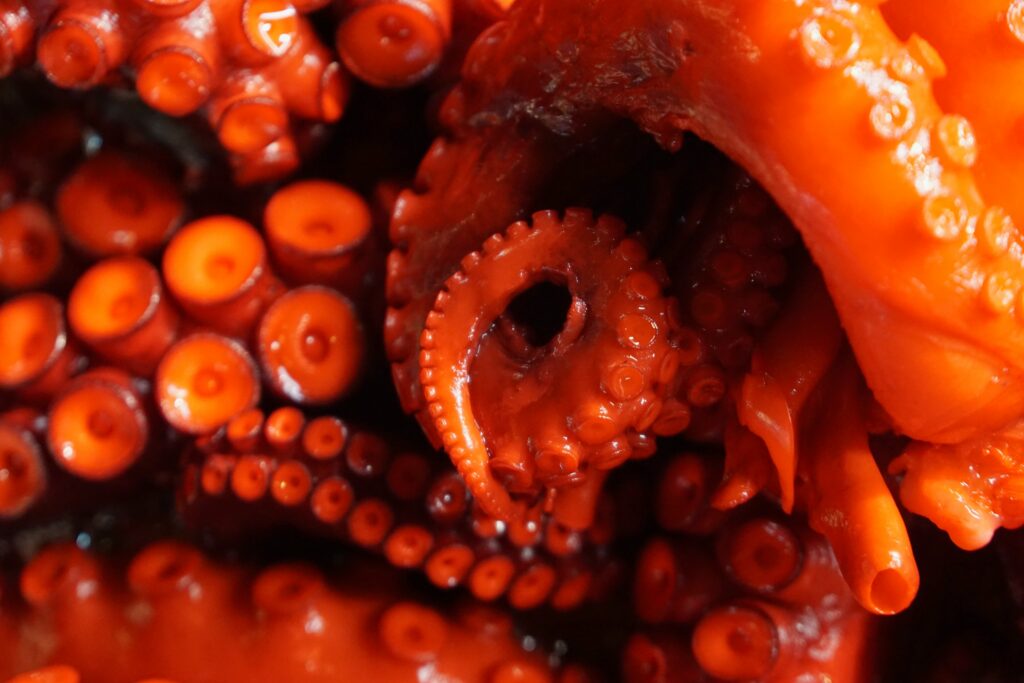
The findings provide another clue to the unique evolutionary path octopuses have taken toward intelligence. Instead of being concentrated in the brain, two-thirds of an octopus’s nerve cells are distributed between the arms, allowing the flexible appendages to function semi-independently.
Detailed images identified what appeared to be sensory cells, some with fine branching endings, on the surface of the suckers; the researchers isolated the cells and tested their response to a variety of stimuli, such as the fish extract and pressure. One class of cells turned out to be similar to those that detect touch in a variety of animals, but the cells that responded to the fish extract contained receptors, proteins that detect specific stimuli, unlike what is seen in other animals.
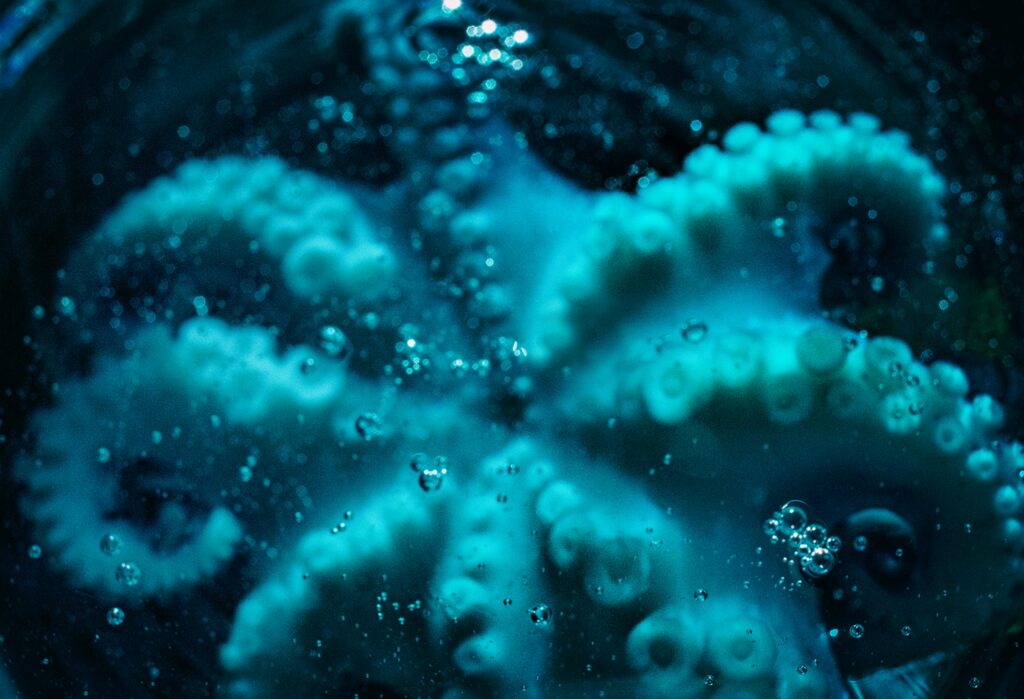
To study how these chemotactic receptors work, the researchers inserted them into human and frog cells in the laboratory using genetic tools and then exposed them to a variety of chemical compounds that an octopus might normally encounter. Only one class of molecules, the insoluble terpenoids, elicited a response from the cells. Terpenoids, natural compounds found in the bodies of many sea creatures, are thought to be used by some animals to defend themselves.
Specialized terpenoid detectors could tell an octopus to quickly grab something it touches so it doesn’t swim away or back off and continue searching. This was developed in the laboratory, where octopuses in tanks explored normal terpenoid-free surfaces with extensive arm movements. But once an arm touched a surface infused with different terpenoids, it stopped, either quickly touching the spot and moving, or immediately withdrawing and avoiding that part of the tank.

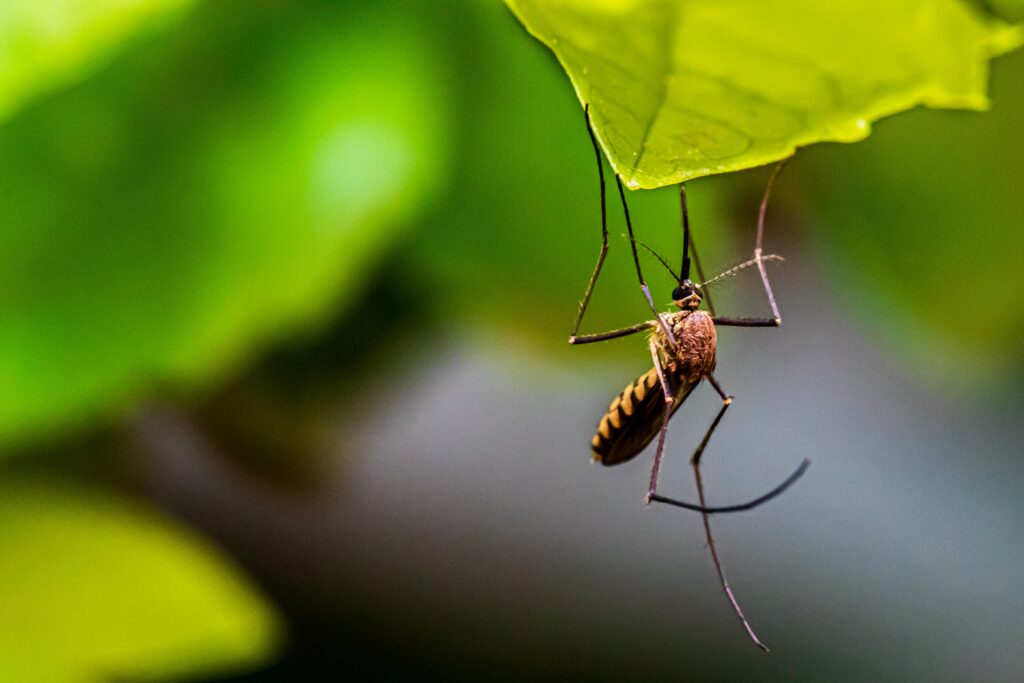

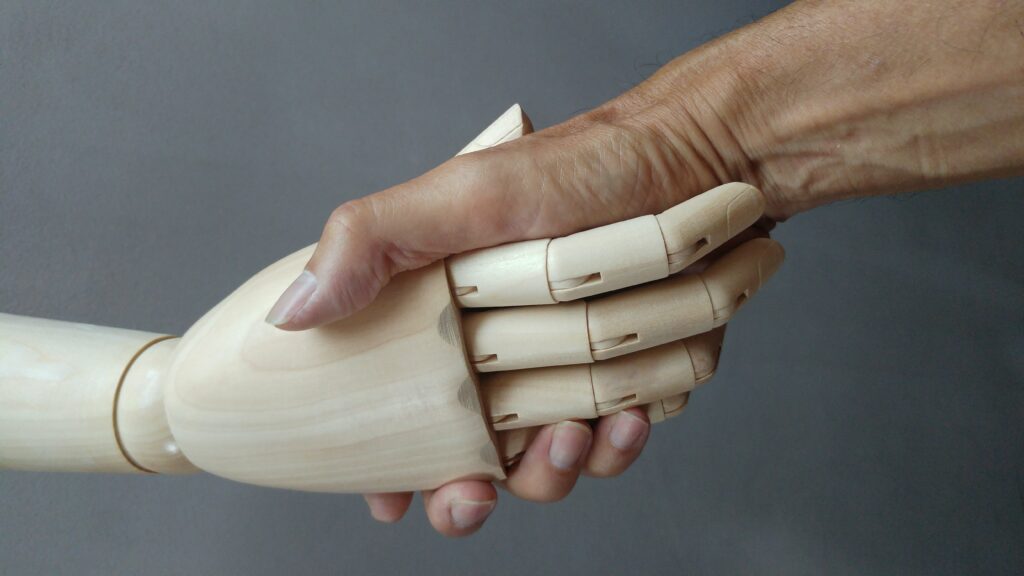
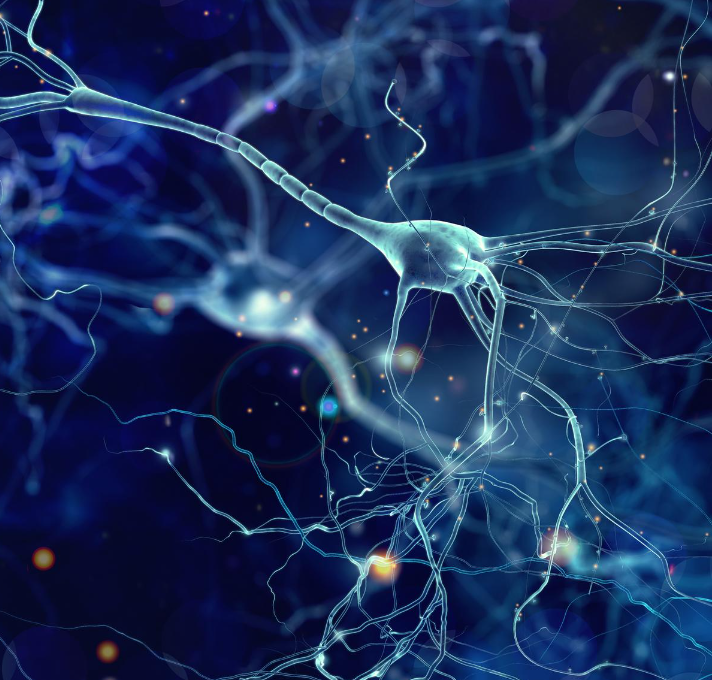
Responses